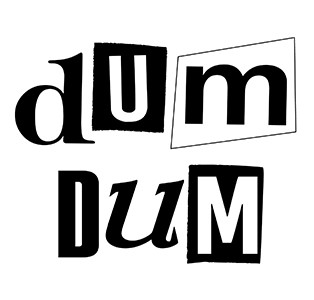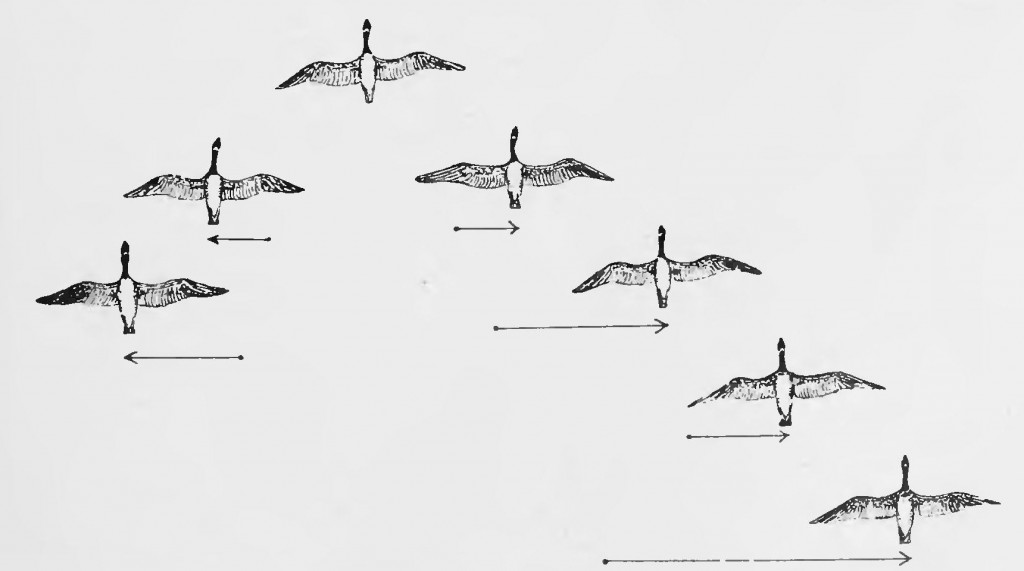THE BIRDS: Observations on Birds II by Janice Lee
The birds aren’t watching you. You’re watching them, while they’re watching everything else.
One bird asks who and another bird asks why.
The birds gather and disperse, gather and disperse.
A single bird fluttering its tail feathers while sitting on a line above the street. The wind chimes barely pause. Rustling leaves.
There is only one pigeon sitting on the sign today where yesterday there were two.
Pigeons gathering in the trees and rooftops to watch the cats gathering around a pile of food on the sidewalk.
A pigeon swoops down from a lamppost to land next to the foot of a man waiting at the bus stop. The man notices nothing out of the ordinary.
A large bright area in the sky, brightness and orange light protruding outwards from behind the line of palm trees. Dogs barking. A bird flutters its wings and lands on a wire to sit still. A single dog still barking.
She remarks: You know, it’s the pigeons that control the bandwidth.
She remarks: You should tell them that the Internet comes from pigeons.
One seagull sits perched up on the rooftop. He is surrounded on both sides by pigeons. The pigeons look very busy, their heads swinging from side to side, taking in the view, observing and looking at everything happening on the street below them. The seagull is very calm. He does not have anything to worry about. He is just sitting, still.
The bird fly out in a V-shape over and above the car, as if launching off a runway and dispersing at a perfect, symmetrical angle.
How do the birds know to keep such even space between them, all lined up in a row, all lined up so neatly?
One bird perched upon a lamppost. One bird perched upon a wire hanging above the lamppost.
One bird perched upon a lamppost, palm trees wavering behind him, the ocean in front of him. He has all the time to clean himself, to look at the water, to sit under the sun.
The pigeon looks at the ground, its heart at your feet.
How do you bridge the gap between pigeons?
The birds, like ghosts, haunt every nook and cranny of the city.
The pigeons do not seem to be afraid of her at all. Sitting on the grassy field, they approach her, standing and nodding just next to her left leg and shoe. They would eat out of her hand, though the thought makes her shudder. She has recently rewatched The Birds and can feel the pecking on her fingers, the pecking on her legs, the pecking on her eyeballs. She throws a piece of her sandwich at the pigeon. It takes it, and in gratitude, nods, and then approaches closer. Two other pigeons approach, nodding enthusiastically. A large seagull lands near the pigeons and the pigeons disperse momentarily. They return moments later, still nodding.
She asks him: What kind of bird is that?
On the street outside there are over 30 crows gathered. Many on the street are gathered near where the street curves east, a few pecking at garbage and detritus. Many sit on the rooftop of the purple building across the street, cawing and flying in circles. There is one in the tree across the street and several on the various electric wires that criss-cross over the intersection. One sits atop a satellite dish and a squirrel scurries across the street as a red car approaches and pauses to chew whatever he is holding. Some of the crows caw loudly and fly away, the others follow, catch up, slowly move on.
Today, only a single bird traveling quickly across the sky.
A moving speck, a bird, a breath.
The bird, sitting on the wire, perhaps watching the sunset or perhaps watching the people below, or perhaps not paying attention to anything around him, sits in perpetual grace and indignity. There is little more that is as elegant as that bird, sitting, its erect posture, the silhouette of its beak against the pale orange sky, existing just to exist, sitting just to sit. And yet there is little more that lacks dignity as the bird, utterly naive to this other world, to culture, to facts, to information, to people. And of course in the end, when all the people have perished, the birds will remain, their silhouettes still elegant against the setting-sun-sky. Of course, we also know that the birds are not as naive as we think. In their existence and ignorance of what we have deemed important, they observe the wounds, extensions, oblivions, and swallowing-ups of the world, the everything else. They understand the patterns of the sky. They understand that the sun sets and rises each day. They understand that they must eat to survive. They understand that in order to fly, they must use their wings. They understand how the wind moves and whispers. They understand the heat from the sun, they understand darkness, they understand resonances and vibrations and senses. As such, the bird is an artist, utterly tied to the world around him and utterly ignored for his efforts. The bird is an artist who is needed by no one but knows to persist anyway, by any means necessary.
*
Janice Lee is the author of KEROTAKIS (Dog Horn Press, 2010), Daughter (Jaded Ibis, 2011), Damnation (Penny-Ante Editions, 2013), Reconsolidation (Penny-Ante Editions, 2015), and The Sky Isn’t Blue (Civil Coping Mechanisms, 2016). She is Editor of the #RECURRENT Novel Series, Assistant Editor at Fanzine, Executive Editor at Entropy, and Founder/CEO of POTG Design.
DDZ
Wednesday, March 30, 2016







